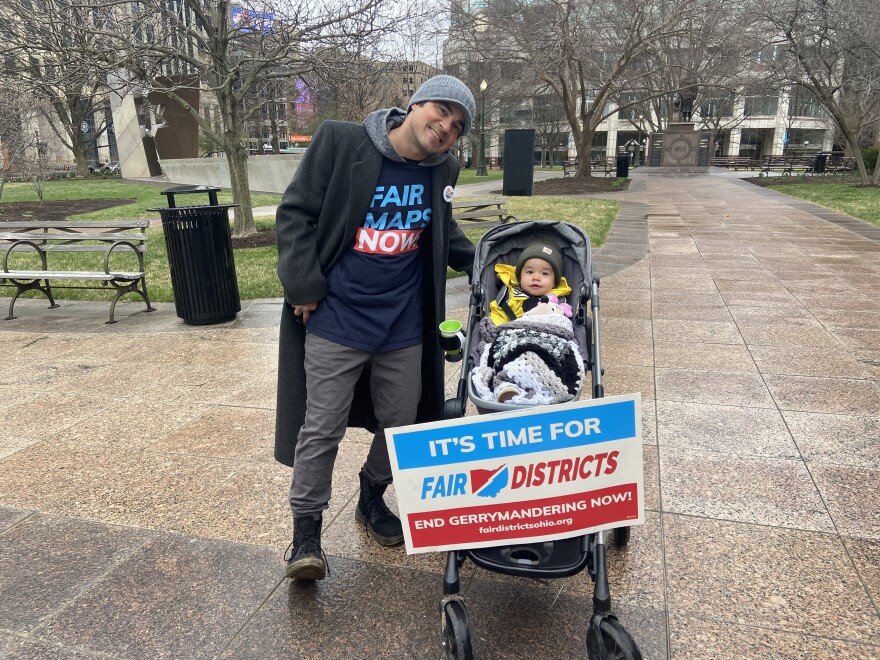Backers of a proposed constitutional amendment to remove politicians from Ohio‘s legislative redistricting process are one step closer to putting the issue on the November 2024 ballot.
On its third try, the group Citizens Not Politicians were able to get approval from the Ohio Attorney General’s office for the summary language of a proposed redistricting amendment. That amendment would create a citizens commission to draw Ohio House and Senate maps.
“We are pleased to clear this step in the process and look forward to the next phase with the Ohio Ballot Board," Citizens Not Politicians said in a written news release.
"Ohioans are very receptive to our nonpartisan plan to replace politicians with citizens on a reformed redistricting commission in a transparent redistricting process and to require that all congressional and legislative maps be fair to voters. We are excited to take the next steps toward gathering signatures on petitions so we can put the Citizens Not Politicians Amendment to Ohio voters in November 2024," the group said.
League of Women Voters of Ohio (LWVO) Executive Director Jen Miller applauded the news.
“LWVO enthusiastically supports the Citizens not Politicians Amendment, because it is high time to ban politicians and lobbyists from rigging legislative maps for their own short-sighted, partisan interests," Miller said.
The effort comes after years of redistricting battles in which Republicans, who control all three branches of government in Ohio, asserted control over the map-making process, giving their party an advantage. The Ohio Supreme Court had ruled five times that the legislative maps now being used were unconstitutional. And new maps, which are supposed to go online next year, also give majority Republicans a super majority. Democrats and groups that have been vocal in opposing redistricting efforts in recent years said the current process involves politicians who put more interest in preserving districts for themselves and their friends than coming up with districts that fairly represent voters.
All seven members of the Ohio Redistricting Commission recently approved new House and Senate maps for next year. Democrats voted for the Republican-drawn maps, saying they didn't like them but they were better than the maps that the group had started working with. The maps will be in place for eight years.
Republicans on the Ohio Redistricting Commission defended the process they used. Auditor Keith Faber, the commission's co-chair, praised the most recent process as saying it worked differently and better than the months-long saga last year.
"I think this map meets the constitutional test," Faber said. "It certainly does what we indicated should be done. It allows people to be represented by people who share their views and values. And it keeps communities together, certainly where possible."
The 15-district congressional map that was used last year will be used again next year, even though it was ruled unconstitutionally gerrymandered. That’s after the Ohio Supreme Court agreed to dismiss challenges to that map filed by a coalition of groups that are opposed to it.
The next step for the proposed amendment is to go before the Ohio Ballot Board. That Republican-dominated body will determine if the amendment is one issue or must be separated into parts. Then petitions can be circulated to gather around 414,000 signatures from half of Ohio’s 88 counties to put the measure before voters next fall.






